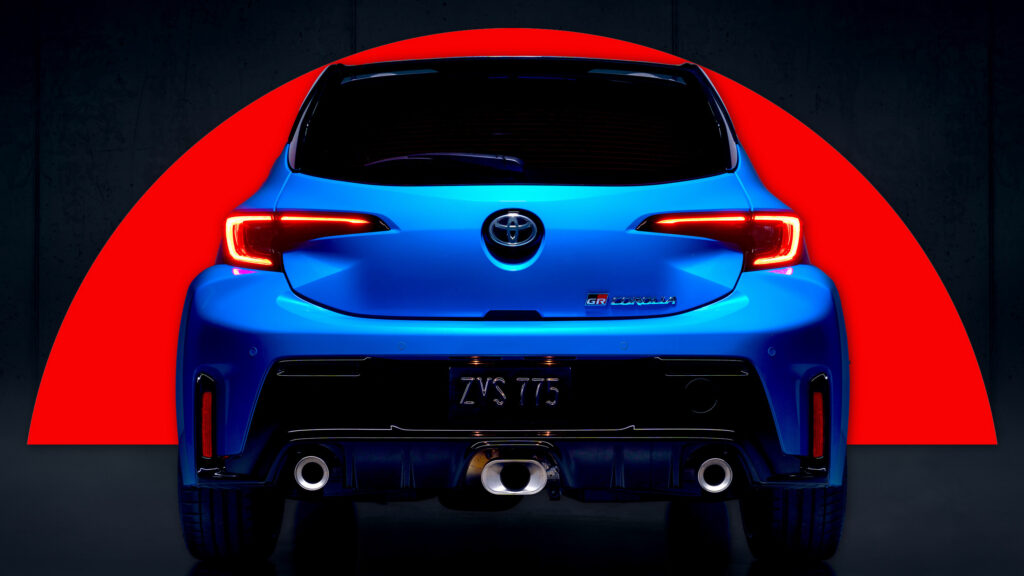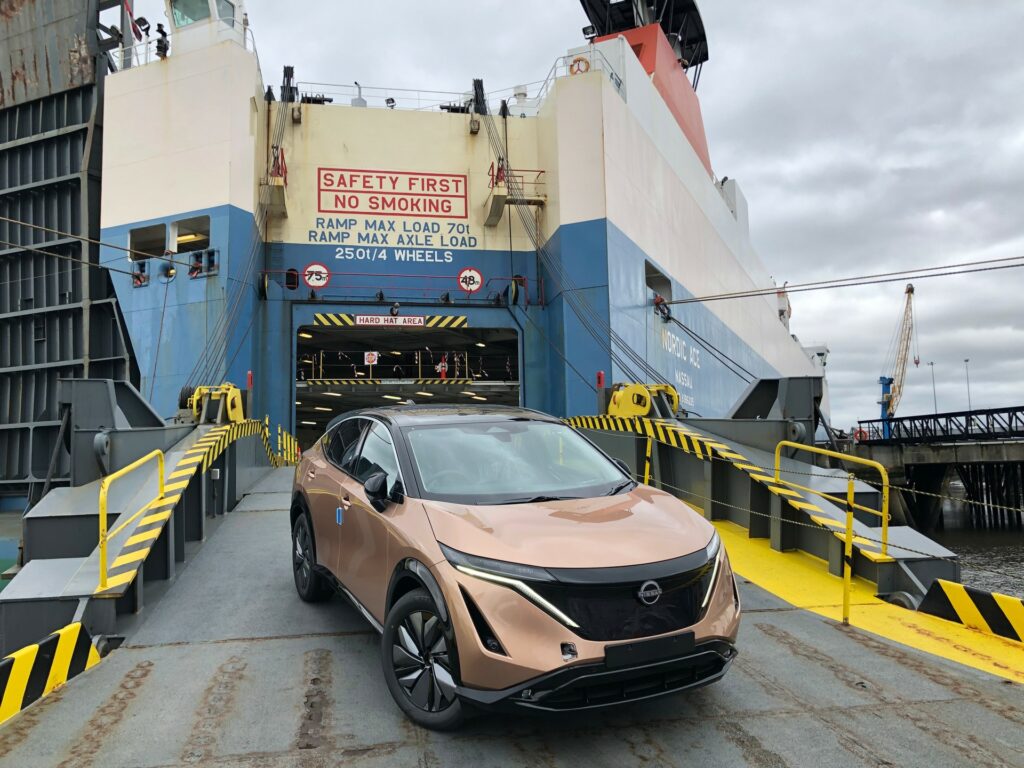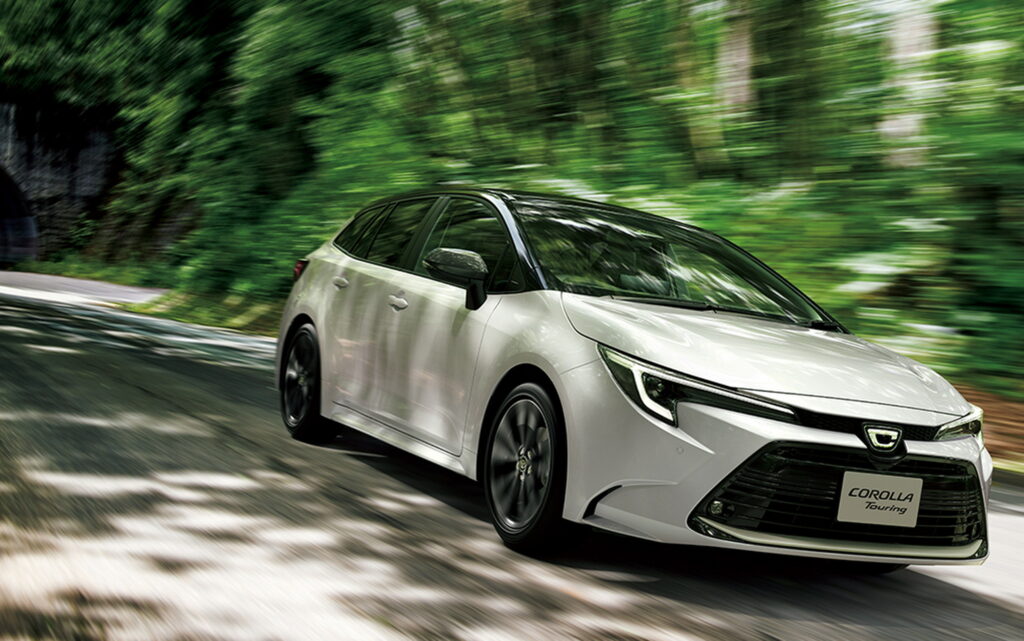Current Situation

Japanese exports to the United States have taken a hit with a 1.8% drop in April compared to the previous year. This decline, as reported by Japan’s Ministry of Finance, follows a period of modest growth. It’s mainly driven by reduced demand for Japanese vehicles and certain machinery like chip-making equipment. Approximately 1.5 million vehicles manufactured in Japan make it to U.S. shores every year. Now, the export dynamics are shifting, likely influenced by ongoing trade tensions and tariff threats.
Tariff Impacts

The Trump administration’s tariffs are certainly looming large over Japanese manufacturers. These include a broad 24% tariff that starts in July and an existing 25% tax on imported vehicles, steel, and aluminum. This is significant for a country that pumps out about 9 million cars annually, with a hefty portion destined for North America.
Negotiations are underway between Japan and the U.S., aiming to find a diplomatic solution to the trade discrepancies. Major firms like Toyota, Honda, and Nissan are keeping close tabs, as these tariffs could influence their global strategies and operations, particularly the parts procured and vehicles manufactured in North America.
Export Strategies

Japanese automakers traditionally ship around 1.5 million vehicles to the United States from Japan. In addition, they export over 1.4 million cars from their facilities in Mexico and Canada. The imposition of tariffs would likely make these export routes more costly and complex, potentially redirecting plans for expansion or altering supply chain strategies.
Japan’s intertwined global supply chain means any hiccup in expected trade policies can reverberate through their entire economy. Analysts suggest that sudden policy shifts could disrupt growth if not carefully managed. This situation puts manufacturers in a darn tight position—balancing cost efficiency while maintaining their market share.
Driving Experience
Despite these challenges, the reputation for quality and innovation keeps Japanese cars in high demand. For instance, vehicles like the Toyota Corolla offer a smooth, reliable ride with an economic edge that many American consumers love. Compared to their American counterparts, these cars excel at fuel efficiency and low emissions while packing in practical features.
With the automotive world watching closely, Japanese car manufacturers aim to overcome the tariff challenges while delivering the ride quality and reliability they’ve always been celebrated for. The next few years will be critical in determining how the industry’s landscape changes and how these export-focused automakers pivot to maintain their global footprint.
Stolen RAV4 Drama
Mustang Cobra Found
2025 Tata Altroz Update
Tariff Turmoil
Xpeng P7 Sedan Unveiled